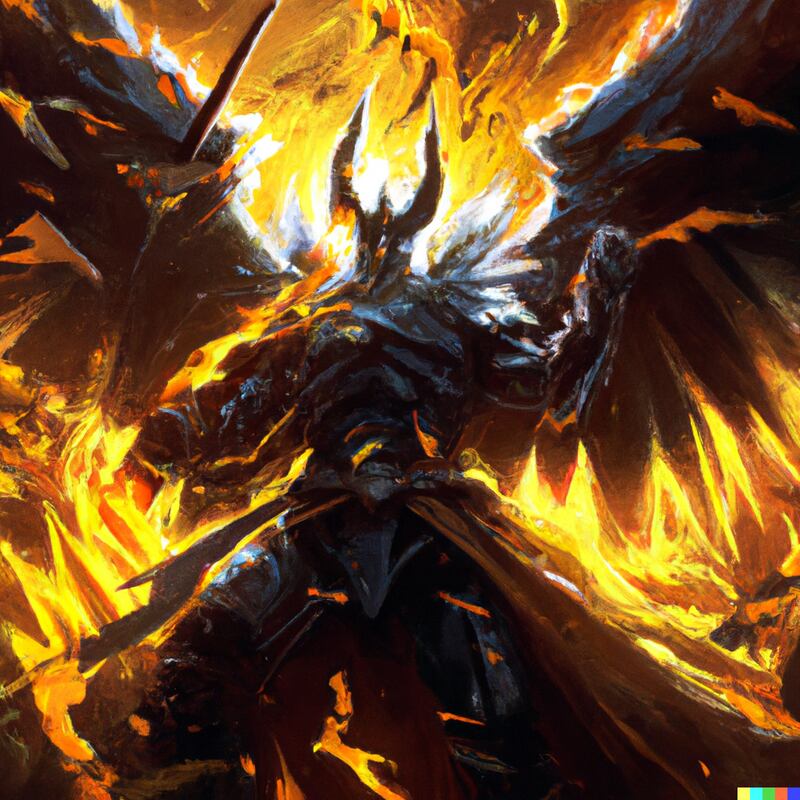Open AI has now made DALL-E, an artificial intelligence image generator, available for everyone to use — without the waitlist.
With Halloween coming up, the Deseret News used DALL-E to see how AI would imagine famous monsters from literature, using only the descriptions given in the books.
In some cases, such as Dracula, the descriptions the authors give are too long to use as a DALL-E prompt, so the descriptions have been shortened and consolidated.
Dracula
In Chapter 2 of Bram Stoker’s “Dracula,” published in 1897, Jonathan Harker describes the Count as a “tall old man, clean shaven save for a long white moustache, and clad in black from head to foot, without a single speck of colour about him anywhere.” He goes on to describe him as having “sharp white teeth” and ears that are “extremely pointed.”
The result? DALL-E’s version of Count Dracula just looks like any old man.
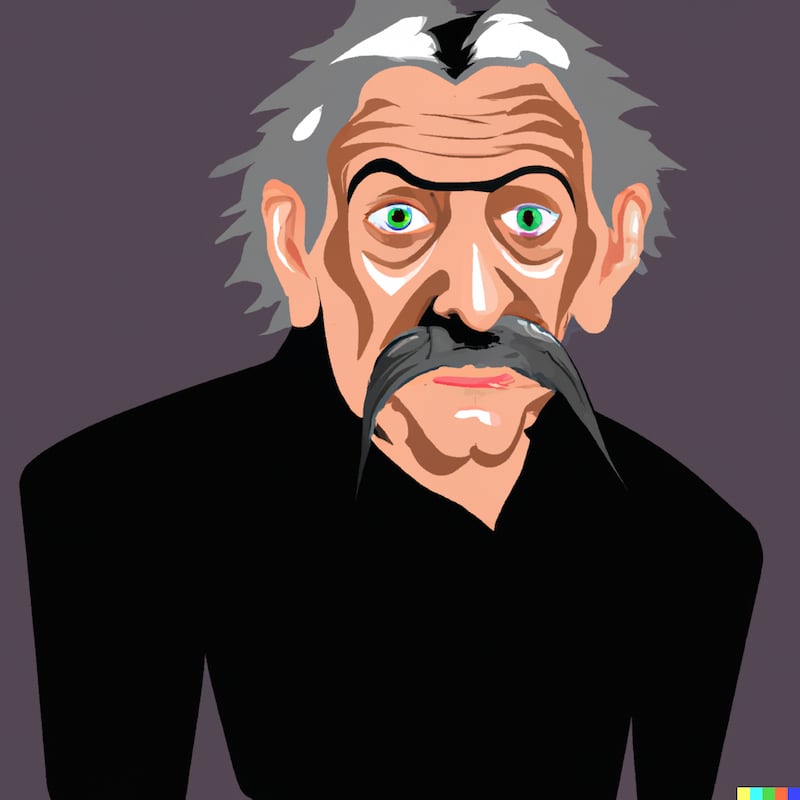
Frankenstein’s monster
Mary Shelley gives little in the way of physical descriptions of Frankenstein’s monster. The most vivid description of the monster, however, is in Chapter 5 of “Frankenstein,” when Victor Frankenstein describes his creature with horror:
“His yellow skin scarcely covered the work of muscles and arteries beneath; his hair was of a lustrous black, and flowing; his teeth of a pearly whiteness; but these luxuriances only formed a more horrid contrast with his watery eyes, that seemed almost of the same colour as the dun-white sockets in which they were set, his shrivelled complexion and straight black lips.”
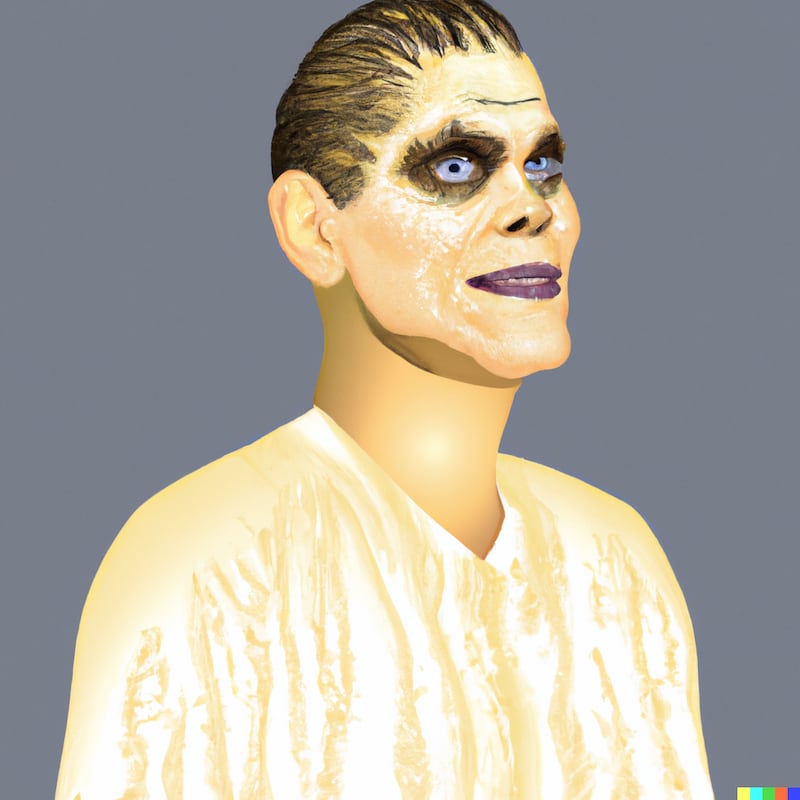
IT
Though IT in Stephen King’s horror novel “IT” often takes the form of Pennywise the dancing clown, the monster’s true form is described as an “endless, crawling hairy creature” made of orange light.
The AI-generated result is decidedly less scary than described.
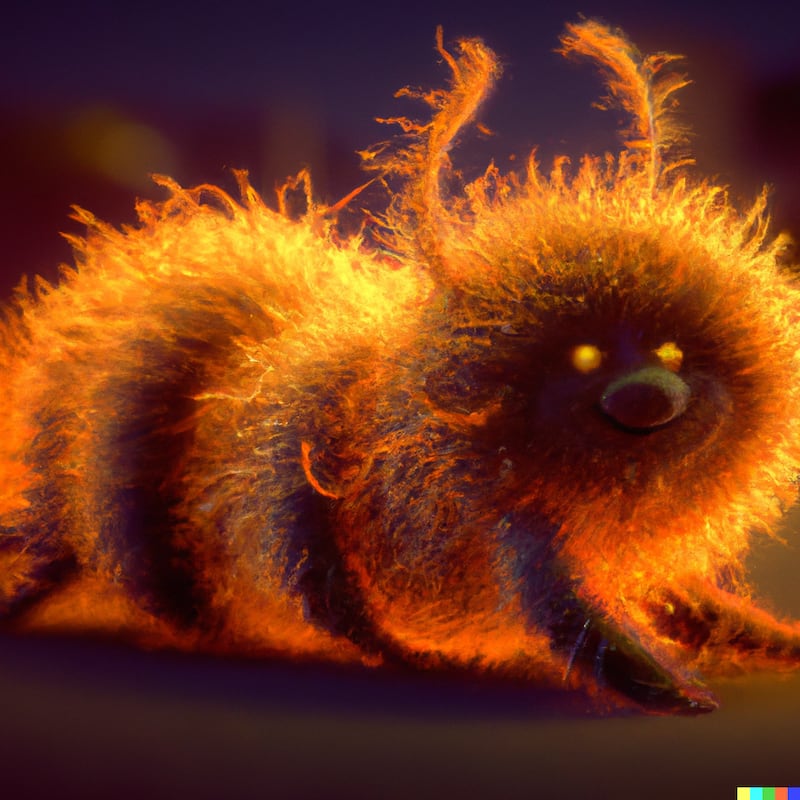
Cthulhu
Cthulhu first appears in 1928 in H.P. Lovecraft’s short story “The Call of Cthulhu,” in which the creature is described as “a monster of vaguely anthropoid outline, but with an octopus-like head whose face was a mass of feelers, a scaly, rubbery-looking body, prodigious claws on hind and fore feet, and long, narrow wings behind.”
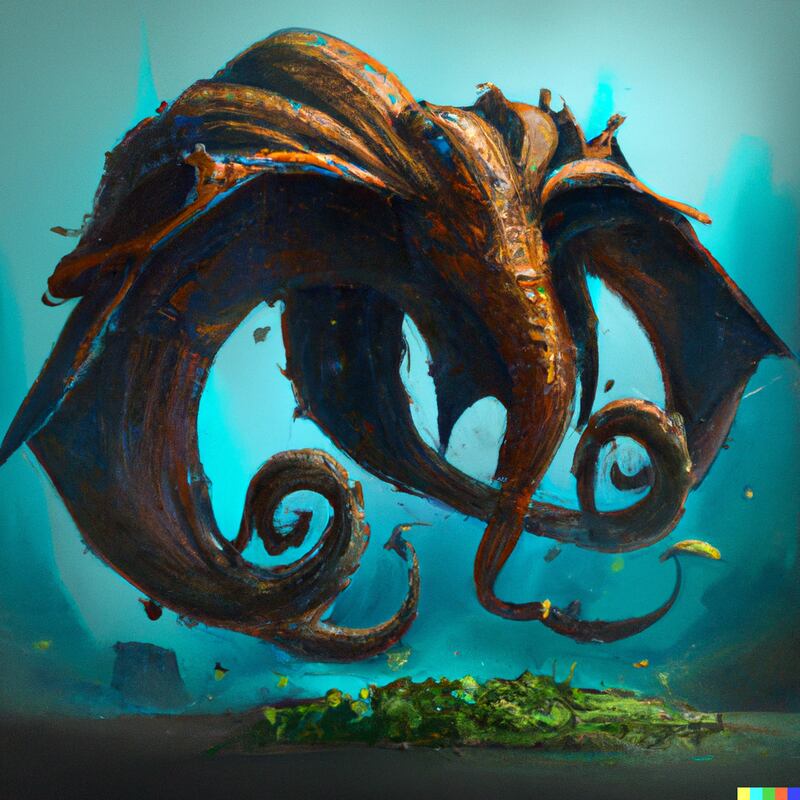
The Balrog
The Balrog of Moria that Gandalf faces in J.R.R. Tolkien’s “The Lord of the Rings” is described as being “like a great shadow, in the middle of which was a dark form, of man-shape maybe, yet greater.”
“The flames roared up to greet it, and wreathed about it; and a black smoke swirled in the air. Its streaming mane kindled, and blazed behind it. In its right hand was a blade like a stabbing tongue of fire; in its left it held a whip of many thongs.”
As Juliette Harrisson from Den of Geek points out, it’s unclear whether the creature has wings. Tolkien writes that “the shadow about it reached out like two vast wings,” but also writes that “its wings were spread from wall to wall.”
For what it’s worth, DALL-E interpreted the Balrog as having wings.
